Home>Interior Design>How Do You Declutter Your Home When You Feel Overwhelmed?
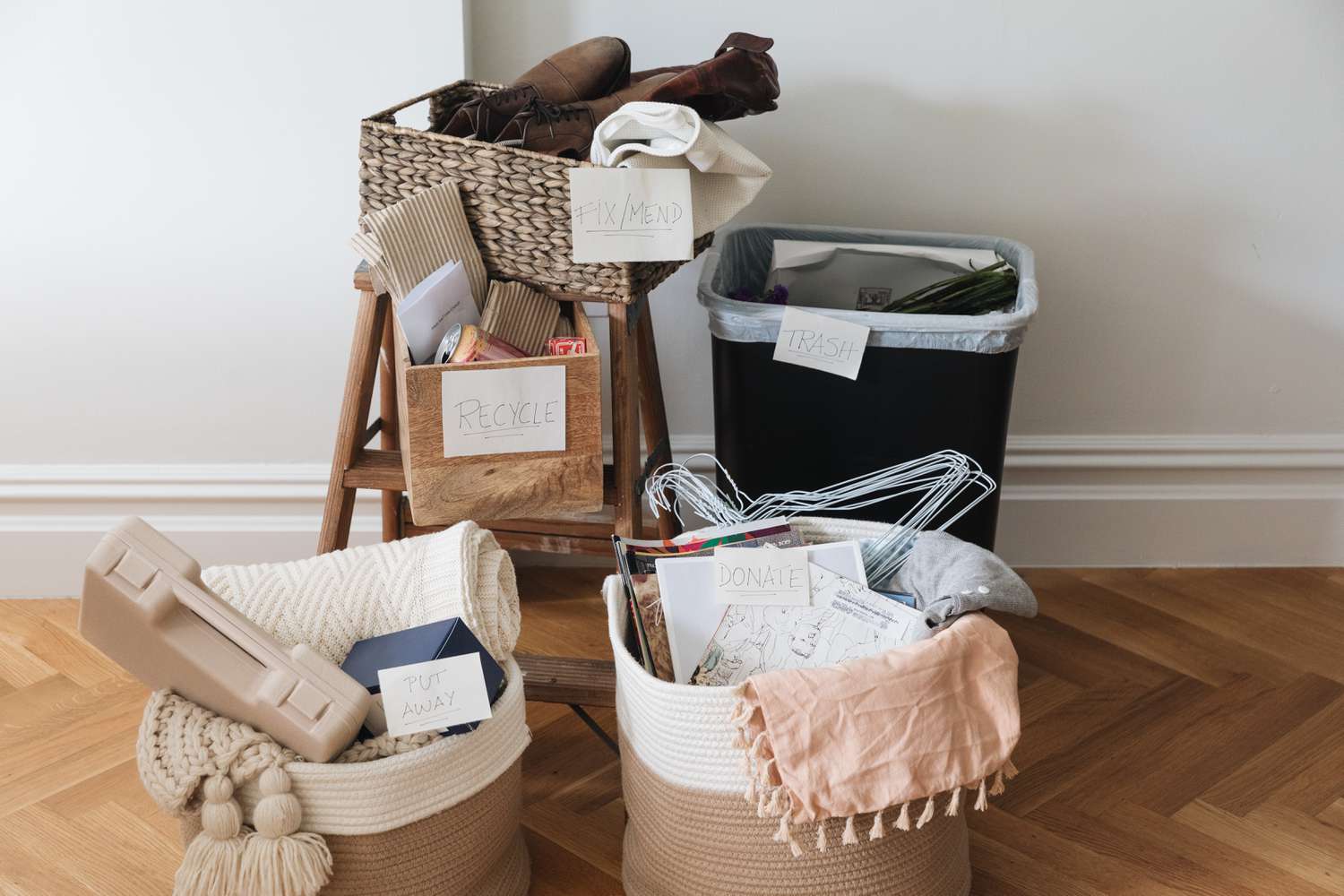

Interior Design
How Do You Declutter Your Home When You Feel Overwhelmed?
Modified: January 19, 2024
Learn effective techniques to declutter your home and create a peaceful living space. Expert interior design advice to help you tackle overwhelming clutter.
(Many of the links in this article redirect to a specific reviewed product. Your purchase of these products through affiliate links helps to generate commission for Storables.com, at no extra cost. Learn more)
Introduction
When it comes to maintaining a harmonious and peaceful living space, decluttering is the key. However, if you’ve ever found yourself overwhelmed by the amount of stuff piling up in your home, you’re not alone. Many people struggle with finding the motivation and means to tackle clutter and create an organized environment.
But fear not, as this article is here to guide you through the process of decluttering your home, even when you’re feeling overwhelmed. By following a systematic approach and incorporating effective strategies, you’ll be able to regain control over your living space and experience the benefits of a clutter-free environment.
Decluttering is not only about creating a visually appealing home; it’s also about creating a space that supports your well-being and reduces stress. Research has shown that a cluttered environment can lead to increased feelings of anxiety and decreased productivity. By decluttering, you can create a peaceful and calm atmosphere that promotes relaxation and mental clarity.
So, if you’re ready to tackle the clutter and transform your home, let’s get started!
Key Takeaways:
- Decluttering is a transformative process that goes beyond creating a visually appealing space. It promotes tranquility, reduces stress, and improves productivity, leading to a clutter-free life filled with peace and joy.
- Establishing clear decluttering goals, creating a systematic plan, and seeking support are essential for maintaining an organized and clutter-free home. Embrace the journey of decluttering as an opportunity for self-discovery and personal growth.
Assessing the Clutter
The first step in decluttering your home is to assess the extent of the clutter. Take a walk through each room and objectively evaluate the level of disorganization. Pay attention to areas such as countertops, storage spaces, and floors that tend to accumulate clutter.
Make a list of the areas that require immediate attention, and prioritize them based on the level of clutter and the impact it has on your daily life. This will help you focus your efforts and create a plan of action.
While assessing the clutter, it’s important to ask yourself questions such as:
- Do I use this item regularly?
- Does this item serve a purpose or bring me joy?
- Is this item broken or in need of repair?
- Is this item taking up valuable space?
Honestly answering these questions will give you a better understanding of which items are contributing to the clutter and can be let go of.
It’s also essential to be realistic about the amount of time and effort you can allocate to decluttering. Understanding your limitations will prevent feelings of overwhelm and allow for a more manageable approach.
Remember, the goal is not to tackle all the clutter at once, but to make progress one step at a time.
By assessing the clutter, you are setting the foundation for an effective and targeted decluttering process. It will provide you with a clear understanding of the areas that require attention and enable you to make informed decisions about how to proceed.
Establishing Decluttering Goals
Before diving into the decluttering process, it’s important to establish clear goals. Setting goals will provide you with focus and motivation, and help you stay on track throughout the decluttering journey.
Start by identifying the overall objective you want to achieve. Do you want to create a clutter-free living room that is inviting and relaxing? Or perhaps you want to declutter your closet and create a streamlined wardrobe? Whatever your goals may be, make sure they are specific and realistic.
Next, break down your overall goal into smaller, manageable tasks. This will make the decluttering process less overwhelming and allow you to celebrate small victories along the way.
For example, if your goal is to declutter your kitchen, you can break it down into tasks such as decluttering the pantry, organizing the cabinets, and sorting through utensils and cookware.
It’s also helpful to establish a timeline for achieving your decluttering goals. This will provide structure and help you stay accountable. Be mindful of your schedule and set realistic deadlines for each task.
Another important aspect of establishing decluttering goals is identifying the reasons behind your desire to declutter. This will serve as a source of motivation when the process becomes challenging.
Do you want to create a more peaceful home environment? Are you looking to improve your productivity and reduce stress? Or do you simply want to make room for new experiences and opportunities?
By understanding your underlying motivations, you’ll be more committed to the decluttering process and less likely to give up when faced with obstacles.
Remember that decluttering is a personal journey, and your goals may be different from others. It’s important to align your goals with your values and aspirations, and not compare yourself to others.
By establishing clear decluttering goals, breaking them down into manageable tasks, and understanding your motivations, you’ll be well-equipped to embark on your decluttering journey with confidence and purpose.
Creating a Decluttering Plan
Once you have assessed the clutter and established your decluttering goals, it’s time to create a plan to effectively tackle the process. A well-thought-out plan will ensure that you approach decluttering in a systematic and organized manner.
Start by creating a timeline for your decluttering project. Determine how much time you can dedicate to decluttering each day or week, taking into consideration your other commitments and responsibilities.
Next, divide your home into different zones or areas based on your prioritization from the assessment stage. This will help you focus on one area at a time, preventing you from becoming overwhelmed.
Within each zone, break down the decluttering process into specific tasks. For example, if you’re decluttering your bedroom, tasks could include decluttering the wardrobe, organizing the nightstand, and sorting through any paper clutter.
Assign a specific timeframe to each task, ensuring it aligns with your overall timeline. Setting deadlines will help you stay focused and manage your time effectively.
It’s also important to have a plan for handling the items you’re letting go of. Decide on whether you will donate, sell, recycle, or discard the items, and make arrangements accordingly. Having a plan for the removal of cluttered items will prevent them from lingering around your home and hindering your progress.
Consider incorporating breaks into your decluttering plan. Decluttering can be physically and emotionally draining, so it’s important to take time to rest and recharge. Use your breaks to reflect on your progress and celebrate small victories. This will keep you motivated and energized throughout the process.
As you create your decluttering plan, remember to be flexible. Unexpected circumstances may arise, and priorities may shift. Don’t be too rigid with your plan and allow room for adjustments as needed. The most important thing is to stay committed to your overall goal.
By creating a decluttering plan, you are setting yourself up for success. A well-laid plan will keep you focused, organized, and motivated throughout the decluttering process, ensuring that you make steady progress towards achieving your goals.
Sorting and Categorizing Items
Sorting and categorizing items is a crucial step in the decluttering process. It allows you to gain a better understanding of what you have, identify items that no longer serve a purpose, and create a more organized and functional space.
Start by designating specific areas or bins for different categories, such as “keep,” “donate,” “sell,” and “discard.” This will help you visually separate items and make decisions more efficiently.
When sorting through items, take them out one by one and evaluate their usefulness and significance in your life. Ask yourself questions such as:
- Do I use this item regularly?
- Does it bring me joy or have sentimental value?
- Can it be easily replaced or borrowed if needed?
- Is it in good condition and still functional?
Based on your answers, place each item into the appropriate category. Be honest with yourself and avoid holding onto items out of guilt or obligation. Remember, the goal is to create a clutter-free and functional space that aligns with your current needs and lifestyle.
As you sort through items, consider grouping them by related categories. For example, if you’re decluttering your wardrobe, sort clothing items by type (e.g., tops, bottoms, dresses) or purpose (e.g., work attire, casual wear). This will make it easier to visually assess your inventory and identify any duplicates or items you no longer need.
Additionally, consider the principle of minimalism when categorizing items. Minimalism is about intentionally choosing to live with only the items that bring value and joy to your life. Be mindful of this as you sort through your belongings, and don’t be afraid to let go of things that no longer serve a purpose or align with your values.
Remember that sorting and categorizing can be a time-consuming process, but it is well worth the effort. It allows you to make more informed decisions about what to keep and what to let go of, resulting in a more organized and clutter-free home.
By sorting and categorizing items, you are laying the foundation for a more streamlined and functional living space. It’s an essential step in the decluttering process and will set the stage for making decisions about each item with clarity and purpose.
Read more: How Do You Declutter Your House
Making Decisions About Each Item
Once you have sorted and categorized your items, it’s time to make decisions about each individual piece. This can be a challenging step, as it requires you to evaluate the usefulness, sentimental value, and overall impact of each item on your life.
As you go through each item, ask yourself the following questions:
- Do I use this item regularly?
- Does it bring me joy or serve a purpose?
- Is it in good condition and functional?
- Does it align with my current lifestyle and needs?
Use these questions as a guide to assess the value and relevance of each item in your life. Remember, decluttering is about surrounding yourself with items that truly enrich your life, not just about getting rid of things.
When faced with difficult decisions, consider setting aside items in a “maybe” box. This allows you to temporarily remove them from your living space while you ponder their significance. After some time has passed, reassess the items and see if you are more inclined to keep or let go of them.
It can be helpful to enlist the assistance of a trusted friend or family member during this process. They can provide an outside perspective and help you stay objective when making decisions. Just remember that the final decision is ultimately yours.
While some items may have sentimental value, it’s important to be selective and avoid holding onto things simply for the memories they represent. Consider taking photos of sentimental items to preserve the memories while reducing physical clutter.
As you make decisions, keep in mind the space limitations of your home. It’s essential to prioritize functionality and organization to create a harmonious and clutter-free environment. Be realistic about what can comfortably fit within your living space without becoming overwhelming.
Finally, trust your instincts and listen to your intuition. If an item instantly sparks joy or brings a sense of happiness when you hold it, it’s likely worth keeping. On the other hand, if an item consistently brings negative emotions or has no practical use in your life, it may be time to let go.
Remember, the goal is not to declutter everything, but to curate a collection of items that truly enhance your living space and support your well-being.
By making thoughtful decisions about each item, you will gradually create a more intentional and clutter-free environment that reflects your values, needs, and aspirations.
Start with one small area at a time, like a drawer or a shelf. Sort items into keep, donate, or discard piles. Set a timer for 15 minutes to avoid burnout. Repeat daily for consistent progress.
Setting Up a Decluttering System
Once you have sorted through and made decisions about each item, it’s time to set up a decluttering system that will help you maintain an organized and clutter-free home in the long run.
Start by designating specific storage areas or containers for different categories of items. This could include bins for seasonal clothing, baskets for toys, or shelves for books. Having designated spaces for different types of items will make it easier to find and put away things, and prevent clutter from accumulating.
Consider utilizing storage solutions such as storage bins, drawer dividers, and closet organizers to maximize space and keep items neat and organized. Clear storage containers or labels can also help you quickly identify the contents of each container.
Create a daily or weekly decluttering routine to prevent clutter from accumulating again. Dedicate a specific time each day or week to tidy up and put things back in their designated places. This will help you maintain a clutter-free environment without feeling overwhelmed.
Adopt the “one in, one out” rule. For every new item you bring into your home, strive to let go of an equivalent item. This will ensure that clutter doesn’t build up again and that you remain mindful of the items you bring into your space.
Develop a habit of regularly decluttering and purging items. Set aside time every few months to re-evaluate your belongings and identify any items that are no longer needed or used. This proactive approach will help you prevent clutter from accumulating again and keep your home organized and functional.
Consider implementing a system for managing paperwork and documents. Create labeled folders or use digital storage solutions to keep track of important documents such as bills, receipts, and warranties. Regularly go through your papers and discard any that are no longer needed.
Involve all members of your household in the decluttering process. Encourage family members to take responsibility for their belongings and keep their spaces neat and organized. Teaching children from a young age the importance of decluttering and organization will set them up for a lifetime of tidiness and efficiency.
Lastly, don’t forget to celebrate your progress and achievements along the way. Acknowledge the efforts you’ve made in creating a decluttered and organized home and take pride in the space you’ve created.
By setting up a decluttering system, you establish an infrastructure that supports an organized and clutter-free lifestyle. Consistency and commitment to the system will lead to long-term success in maintaining a harmonious and functional living space.
Removing and Organizing Cluttered Items
Once you have sorted through your belongings and made decisions about each item, it’s time to take action and remove the clutter from your home. Removing and organizing cluttered items is a crucial step towards creating a clean and organized living space.
Start by gathering all the items that you have designated as “donate,” “sell,” or “discard.” Separate these items into different bags or boxes, clearly labeling each one. This will make it easier to proceed with the appropriate action for each category of items.
If you have items to donate, research local charities or organizations in your area that accept donations. Contact them to find out their donation requirements and drop-off locations. Alternatively, you can arrange for pick-up services if available. Making the effort to donate items will not only help declutter your home but also support those in need.
If you have items you wish to sell, consider hosting a virtual garage sale or using online platforms to sell them. Take clear and appealing photos of the items, write detailed descriptions, and set reasonable prices. Utilize local buy-and-sell groups or online marketplaces to reach potential buyers.
For items that are no longer usable or valuable, take the necessary steps to dispose of them responsibly. Check with your local recycling facilities to determine if certain items can be recycled. For items that cannot be recycled, ensure they are disposed of properly according to local waste management guidelines.
Once the cluttered items have been removed from your home, it’s time to organize the items you have decided to keep. Assess your storage space and consider practical and efficient ways to store your belongings.
Utilize storage solutions such as bins, shelves, and drawer dividers to create designated spaces for each category of items. Choose storage containers that are suitable for the specific items, allowing easy access and visibility.
Consider implementing a labeling system to further enhance organization. Labels can be used on storage bins, shelves, or drawers to clearly indicate the contents of each storage area. This will save you time and effort when searching for specific items in the future.
When organizing your belongings, group similar items together. This will not only make it easier to find what you need but also visually enhance the overall organization of your space. For example, you could group books on a shelf, categorize clothing by type in your closet, or store kitchen utensils in designated drawers.
Regularly assess and reorganize your belongings as needed. Take note of any areas that tend to accumulate clutter and find solutions to address the issue. Consistently maintaining an organized and clutter-free space will prevent the build-up of clutter in the future.
Remember, the goal is not just to remove clutter but also to establish a system of organization that allows you to live in a more streamlined and efficient environment.
By removing and organizing cluttered items, you are creating a clean and orderly living space that promotes peace and clarity. Take pride in your efforts and enjoy the calm and functional atmosphere you have created in your home.
Maintaining a Clutter-Free Home
Congratulations on decluttering and organizing your home! Now that you have created a clutter-free environment, it’s important to implement habits and practices that will help you maintain it in the long term. By adopting these strategies, you can ensure that your home remains an organized and inviting space.
Develop a daily decluttering routine to stay on top of any potential clutter. Spend a few minutes each day tidying up and putting items back in their designated places. This will prevent clutter from piling up and becoming overwhelming.
Practice the “one in, one out” rule. When you bring a new item into your home, make a conscious effort to remove an equivalent item. This will ensure that you maintain a balance and prevent clutter from accumulating again.
Regularly reassess your belongings to identify any items that are no longer serving a purpose or bringing you joy. Set aside time every few months to go through each area of your home and declutter as needed. This proactive approach will help you stay organized and prevent clutter from resurfacing.
Create designated spaces for commonly used items and ensure that they are easily accessible. This will make it easier to find and put away things, reducing the likelihood of items being left out and creating clutter.
Develop a habit of putting things away immediately after use. Whether it’s clothes, cooking utensils, or books, aim to return items to their designated spaces once you’re finished using them. This simple practice can go a long way in maintaining a clutter-free home.
Invest in storage solutions that suit your needs and maximize your space. Take advantage of storage bins, baskets, and organizers to keep items sorted and easy to access. Regularly review your storage system to ensure it remains efficient and adjust as needed.
Avoid impulsive purchases by practicing mindful consumerism. Before buying something new, ask yourself if you truly need it and if it aligns with your values and lifestyle. By being intentional with your purchases, you can prevent unnecessary clutter in your home.
Involve your family members or roommates in maintaining a clutter-free home. Encourage everyone to take responsibility for their own belongings and contribute to keeping common areas tidy. Set a positive example and collaborate to create a harmonious living environment.
Don’t be too hard on yourself if clutter occasionally crops up. Life happens, and it’s normal to have some clutter from time to time. The key is to address it promptly and get back on track with your decluttering habits.
Celebrate your progress and appreciate the benefits of a clutter-free home. Enjoy the sense of calm and relaxation that comes with an organized living space. Take time to relish in the effort and dedication you have put into creating and maintaining your clutter-free environment.
Remember, maintaining a clutter-free home is an ongoing process that requires consistency and effort. By implementing these practices and staying committed to a clutter-free lifestyle, you will enjoy a more serene and functional living space for years to come.
Seeking Support and Assistance
Decluttering and maintaining a clutter-free home can sometimes feel like a challenging and overwhelming task. During these moments, seeking support and assistance can be invaluable in keeping you motivated and on track. Here are some ways to find the support you need:
1. Enlist the help of a friend or family member: Having someone by your side during the decluttering process can provide encouragement and guidance. They can offer an objective perspective and help you make decisions about what to keep or let go of. Plus, it can be more enjoyable and motivating to declutter with a companion.
2. Join a decluttering or minimalist community: Look for local or online communities that focus on decluttering and minimalism. Engaging with like-minded individuals can provide inspiration, tips, and accountability. Sharing your progress, asking for advice, and celebrating milestones together can make the decluttering journey more enjoyable.
3. Consider hiring a professional organizer: If you’re feeling overwhelmed or unsure about where to start, a professional organizer can be a great asset. They have the expertise and experience to help you declutter and create an organized system tailored to your specific needs. They can provide guidance, offer practical solutions, and boost your confidence throughout the process.
4. Seek virtual support through online resources: There are various blogs, articles, podcasts, and YouTube channels dedicated to decluttering and organization. These resources can provide guidance, inspiration, and practical tips to help you on your decluttering journey. Additionally, engaging with online communities and forums can connect you with others who are going through similar experiences.
5. Consider attending decluttering workshops or seminars: Look for local workshops or seminars focused on decluttering and organizing. These events often provide valuable insights, strategies, and motivation to help you declutter effectively. They may also offer opportunities to connect with others who share similar goals.
Remember, seeking support and assistance is not a sign of weakness, but rather a wise decision to make your decluttering journey more manageable and enjoyable. It’s okay to ask for help when you need it and to celebrate your progress along the way.
By seeking support and assistance, you’ll gain the motivation, inspiration, and practical guidance to maintain momentum and achieve your clutter-free goals.
Conclusion
Congratulations on taking the first step towards creating a clutter-free and organized home. Decluttering can be a transformative process that not only improves the physical environment but also enhances your overall well-being. By following the steps outlined in this article, you have gained the knowledge and strategies to tackle clutter and maintain a harmonious living space.
Throughout your decluttering journey, remember to approach the process with patience and kindness towards yourself. Decluttering is not an overnight task but rather a continuous effort that requires consistency and dedication. Celebrate your progress and small victories along the way.
As you assess the clutter, establish goals, create a plan, and make decisions about each item, you are curating a living space that reflects your values and supports your desired lifestyle. By developing a decluttering system, removing and organizing clutter, and seeking support when needed, you set yourself up for long-term success in maintaining an organized environment.
Maintaining a clutter-free home is an ongoing practice that requires mindful consumption, daily decluttering routines, and regular reassessment of belongings. Embrace the principles of minimalism and intentional living to resist the allure of unnecessary accumulation.
Remember, the benefits of a clutter-free home extend beyond a visually appealing space. A clutter-free environment promotes tranquility, reduces stress, and improves productivity. It allows you to focus on what truly matters in your life and create a sanctuary where you can relax and thrive.
Embrace the journey of decluttering as an opportunity for self-discovery, personal growth, and a fresh start. Stay committed to maintaining an organized and clutter-free home, and don’t be afraid to seek support and assistance along the way.
Here’s to a clutter-free life filled with peace, clarity, and a renewed sense of joy in your home!
Frequently Asked Questions about How Do You Declutter Your Home When You Feel Overwhelmed?
Was this page helpful?
At Storables.com, we guarantee accurate and reliable information. Our content, validated by Expert Board Contributors, is crafted following stringent Editorial Policies. We're committed to providing you with well-researched, expert-backed insights for all your informational needs.
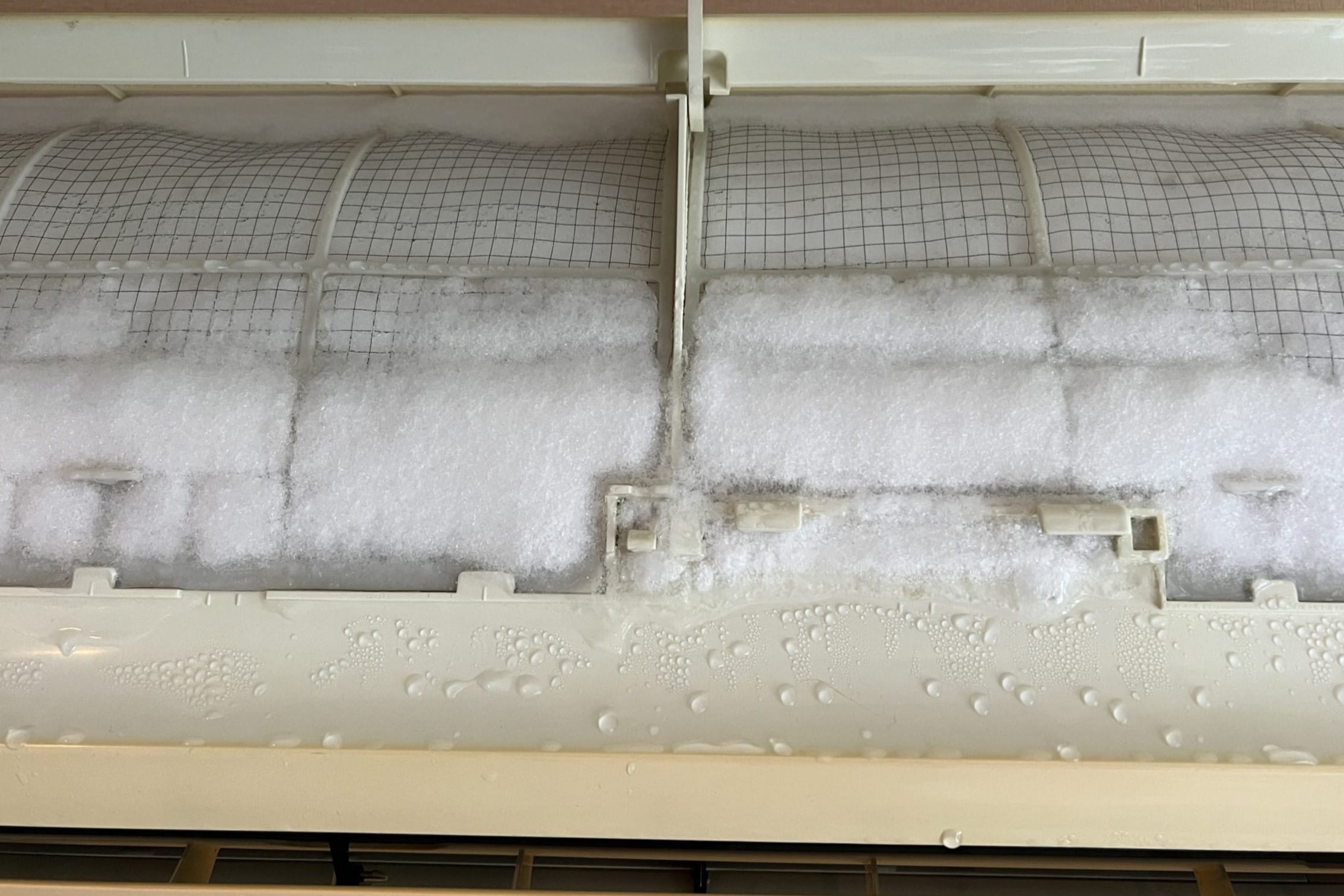

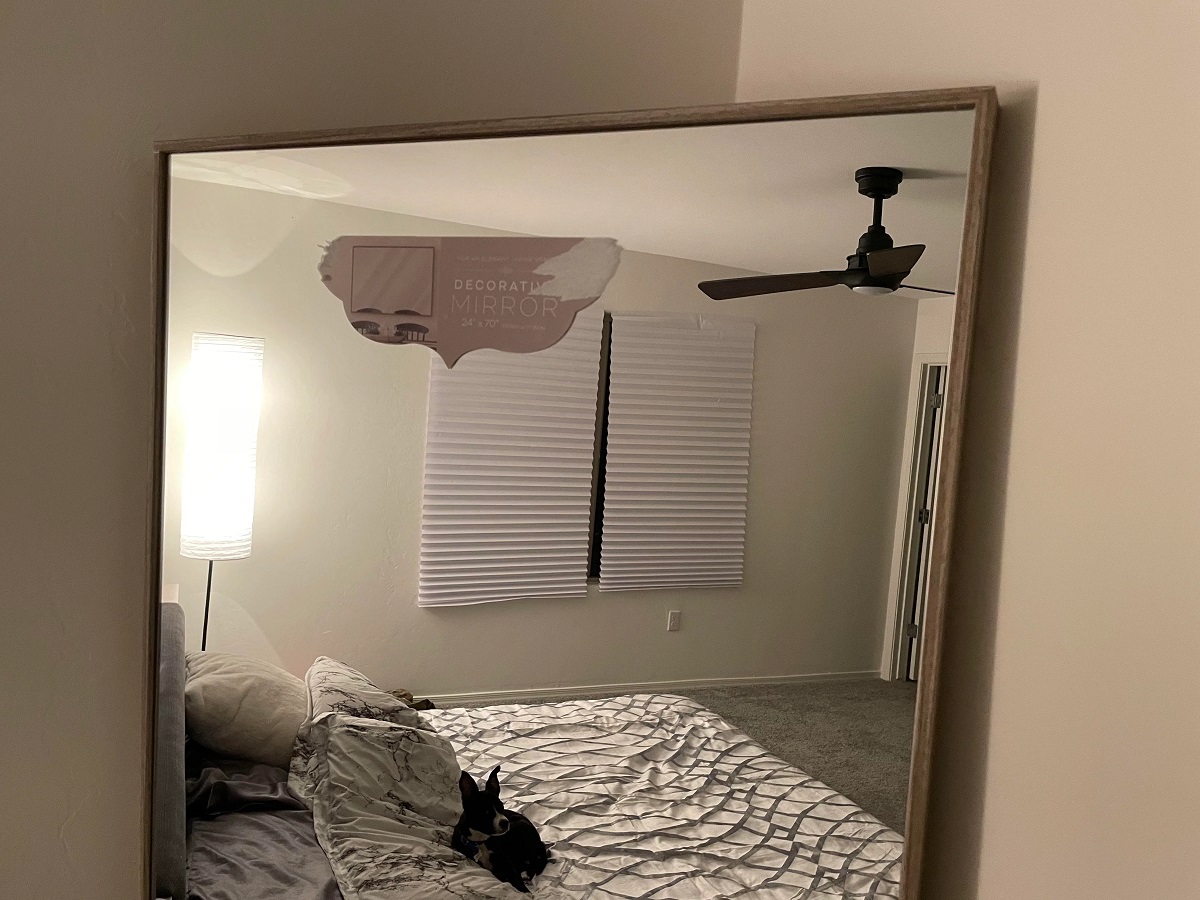

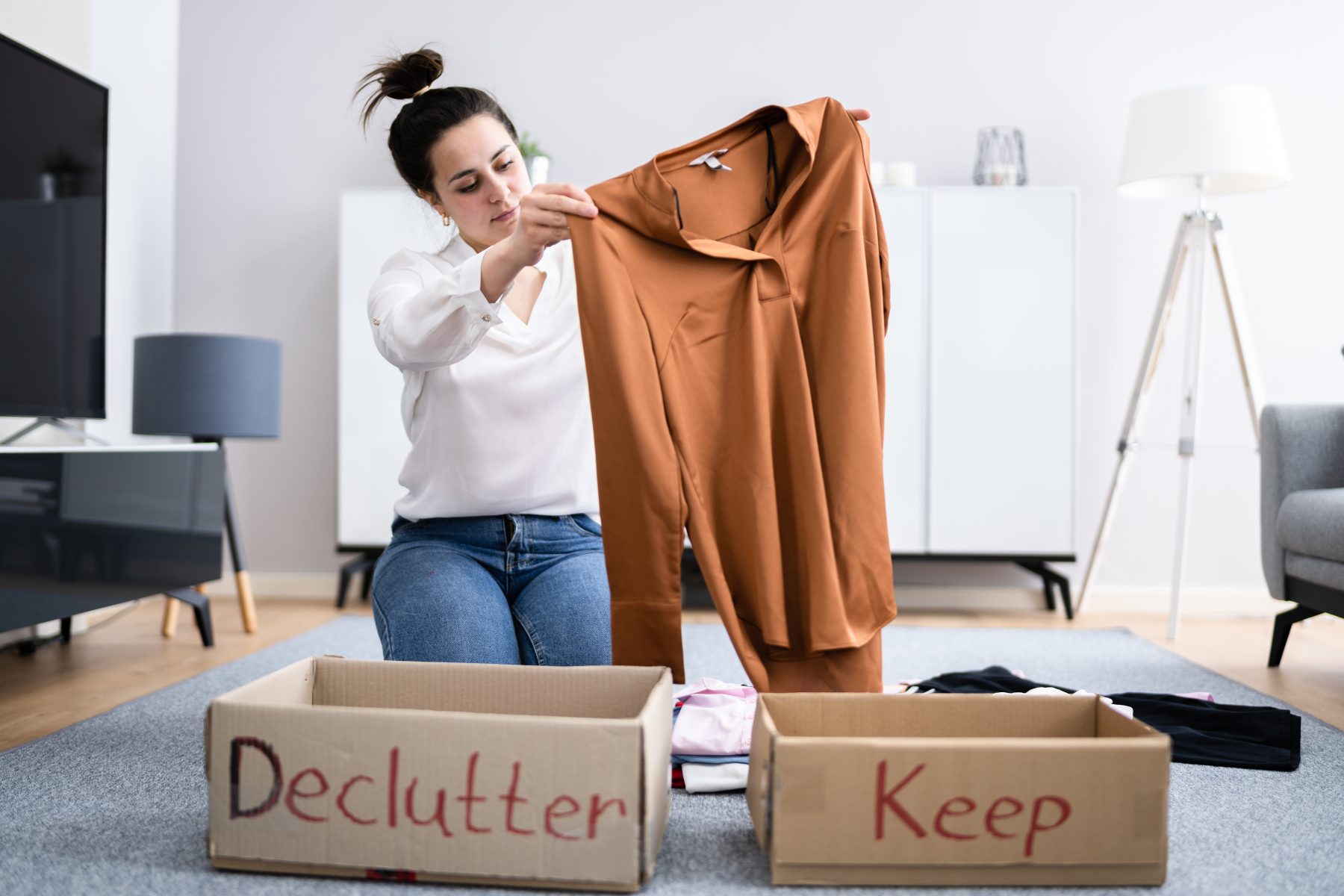

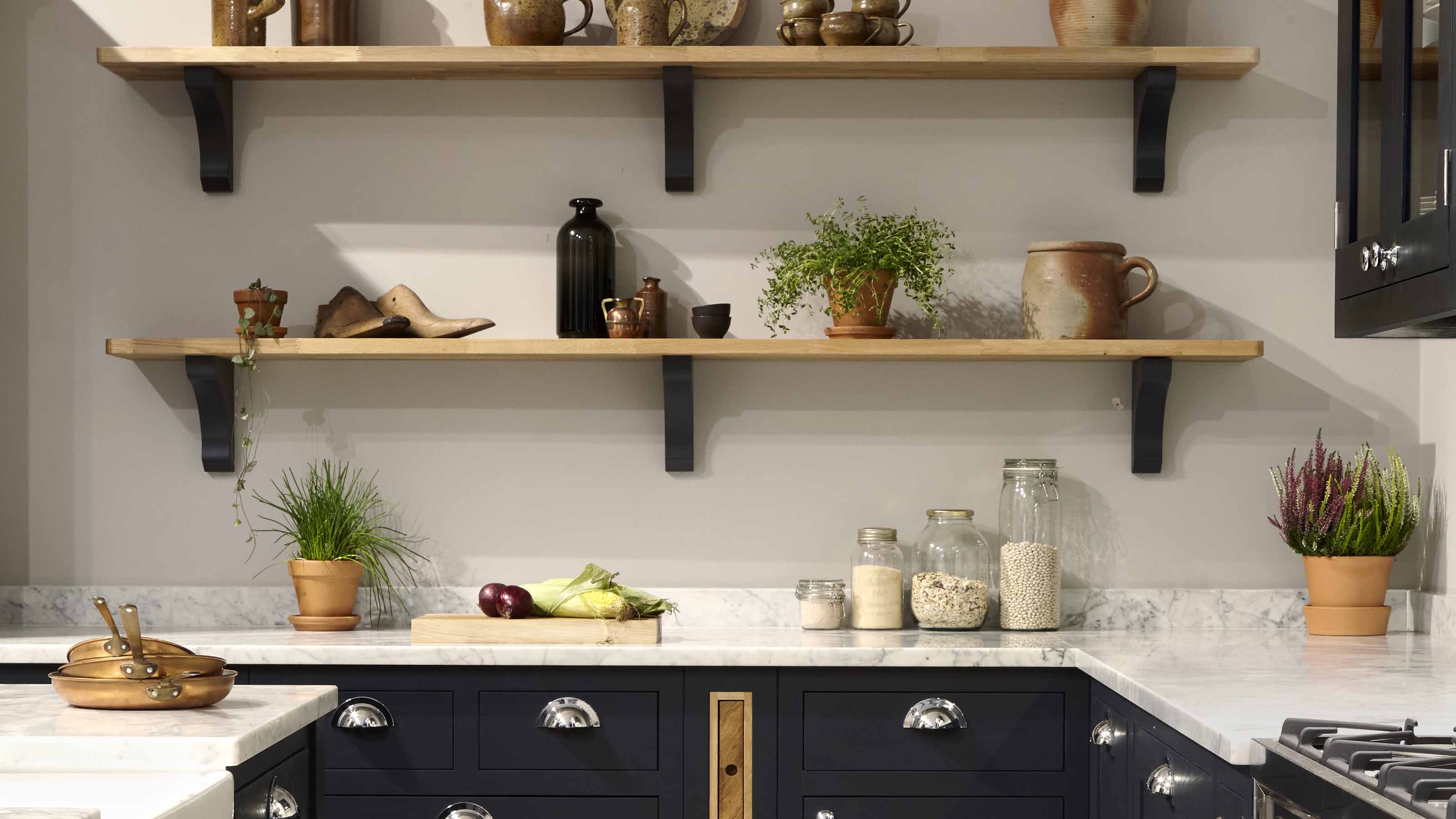




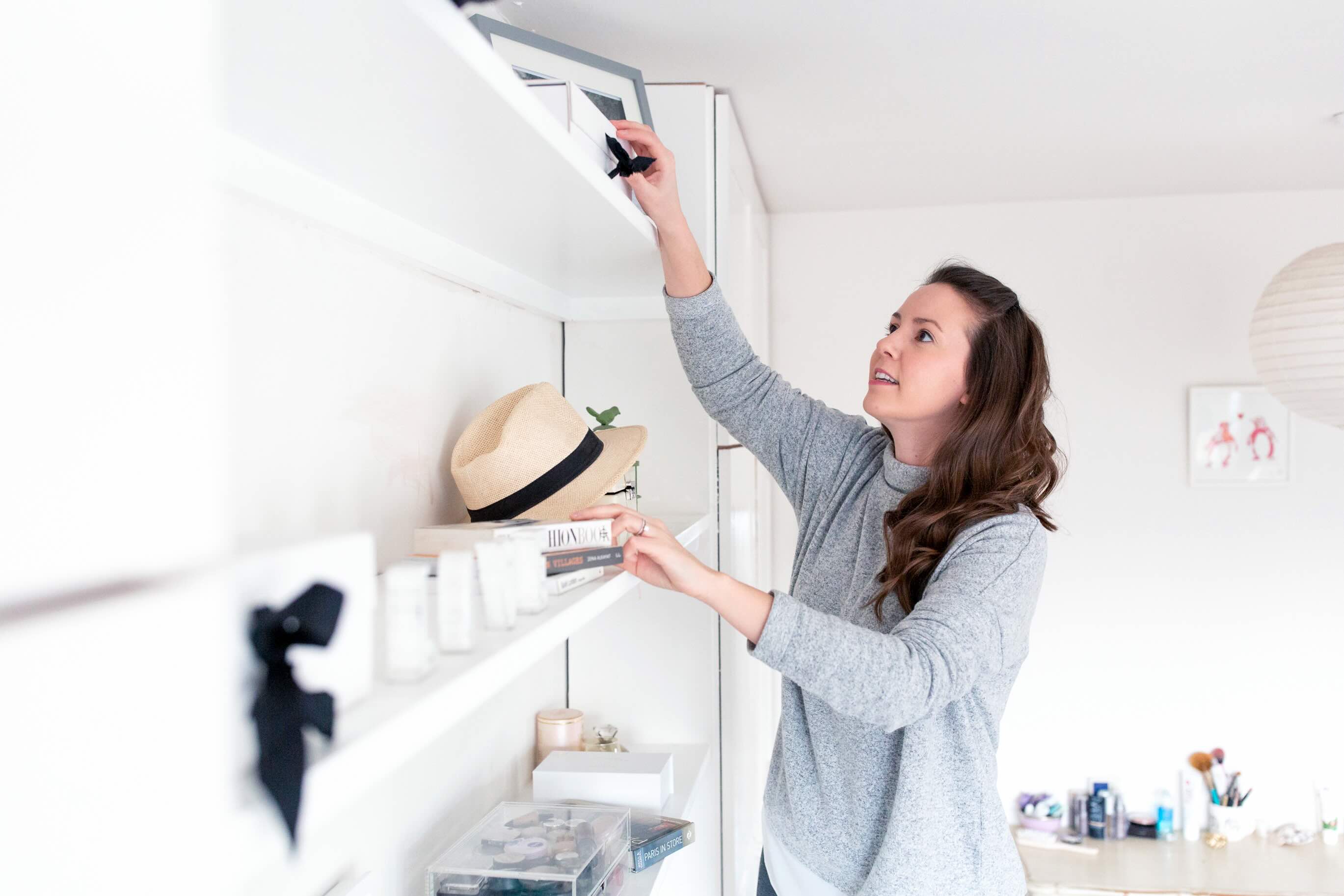
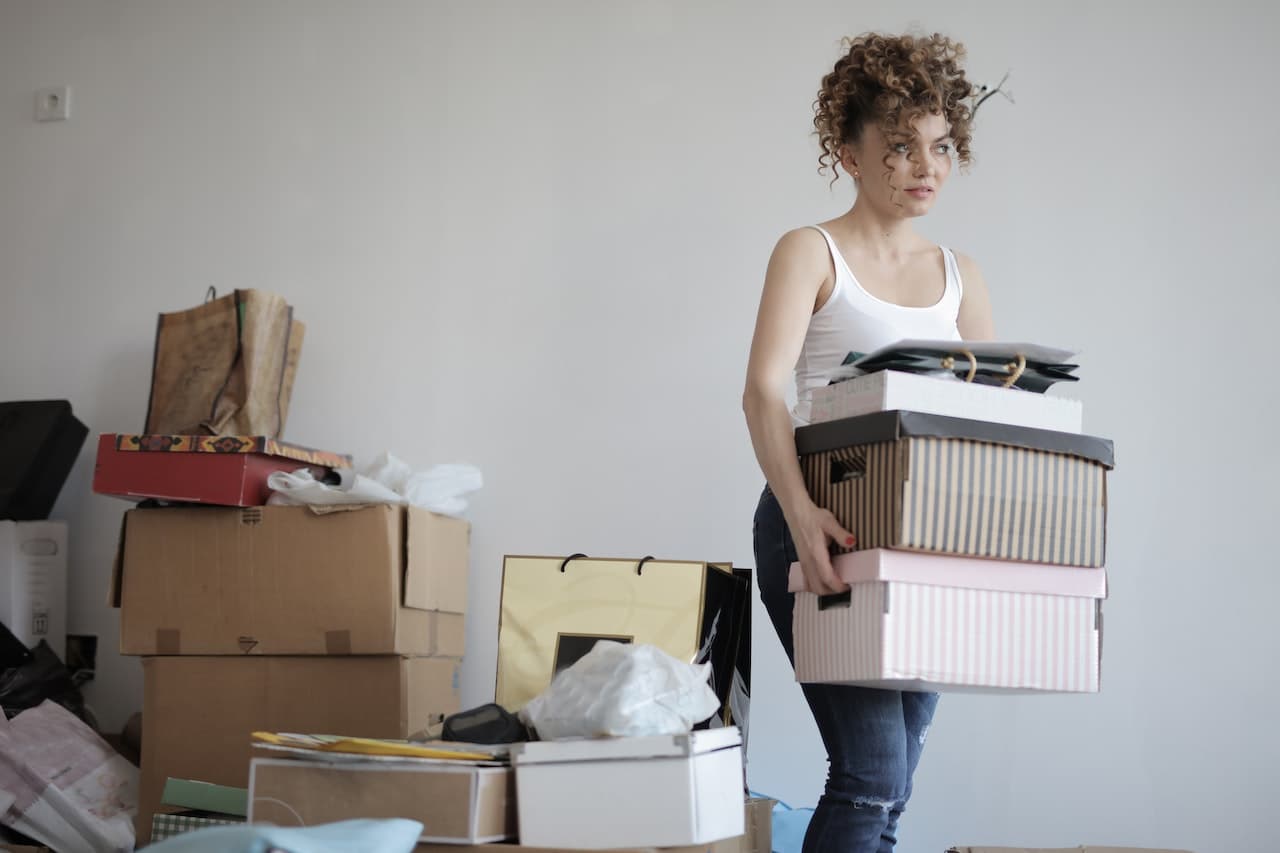

0 thoughts on “How Do You Declutter Your Home When You Feel Overwhelmed?”